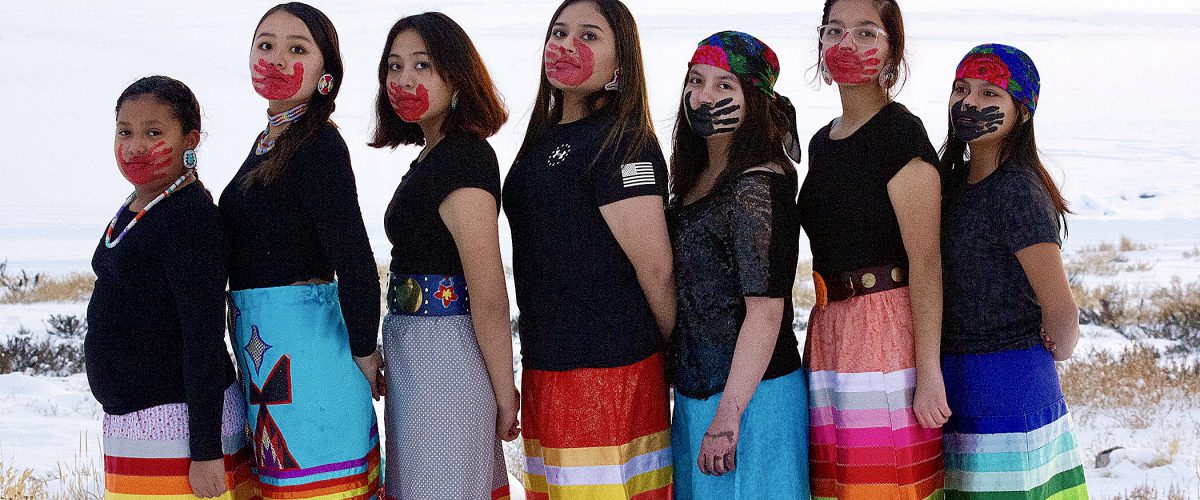The Governor’s Taskforce on Missing and Murdered Indigenous Persons released its first statewide report on MMIP on January 7, 2021. The report, developed by the University of Wyoming’s Wyoming Survey & Analysis Center, was the culmination of an 18 month long look into law enforcement data on Indigenous missing persons and Indigenous homicide victims in Wyoming. The report analyzed media coverage of homicide and missing persons cases for Indigenous people in Wyoming, compared to coverage given to other races in the state.
The report states that, of the 8,431 missing persons records entered into NCIC in Wyoming between 2011 and 2020, 15% (1,254) were Indigenous persons. These records represent 4,884 unique individuals, 710 of whom were Indigenous.
Media portrayal of missing persons differed between Indigenous people and White people. White people were more likely to have an article written while they were still missing (76% of articles on White missing people, compared to 42% of articles on Indigenous missing people). Indigenous people were more likely to have an article written about them being missing only after they were found dead (57% of articles about Indigenous missing people, compared to zero articles about White missing people). Twenty-three percent of the articles about missing White people said they were found alive and well, while zero articles discussed missing Indigenous people who were found alive and well.
Twelve percent of the articles about Indigenous missing persons contained a photo of the missing person, whereas 33% of the articles about White missing persons contained their photo. Negative character framing (emphasizing negative aspects of the victim’s life, family, and community that are unrelated to the crime itself) was found in 16% of the articles about Indigenous people. None of the articles about missing White people included negative character framing. Positive character framing (emphasizing positive aspects of the victim’s life, family, and community that are unrelated to the crime itself) was present in 43% of the articles about White people, compared to 38% of the articles about Indigenous people.
The report recommends that state, federal, and local policymakers consider improved protocol and data systems, the creation of advocate positions for Indigenous victims and their families, and a community awareness campaign.
To see the full report, go to: https://wysac.uwyo.edu/wysac/reports/View/7713
Additional Resources:
MMIW Toolkit for Families and Communities
Wyoming Department of Victim Services
Photo: From left to right, Ahyla Grey Bull, Destiny Spoonhunter, Kiera Spoonhunter, Alea Sanchez, Alicia Sanchez, Annalilla Sanchez and Arianna Sanchez. Credit: Paulita Spoonhunter
 University of Wyoming
University of Wyoming